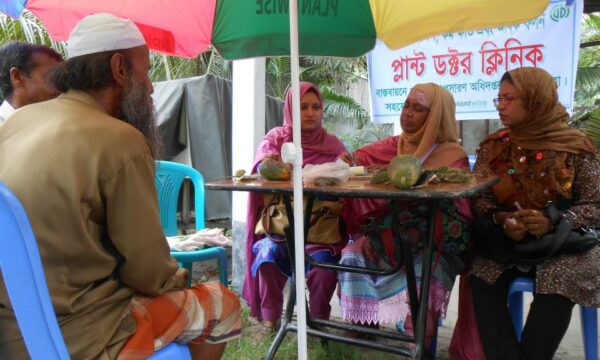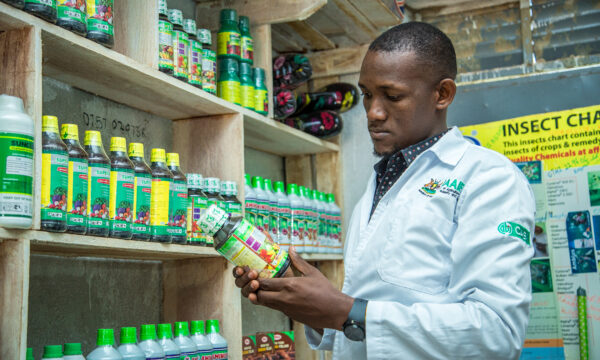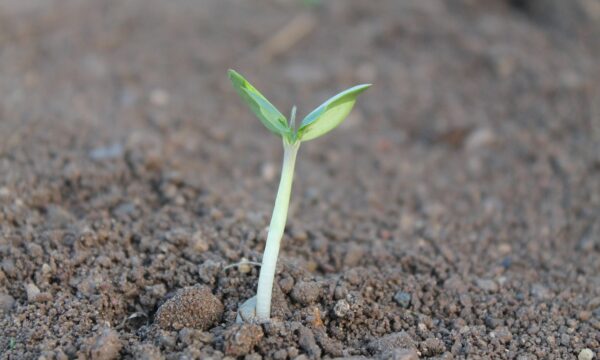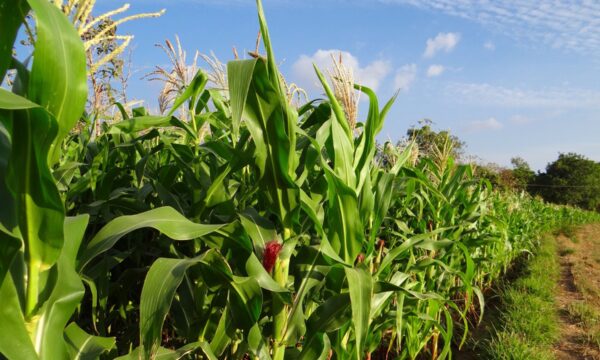Bioprotection products are nature-based solutions to managing crop pests and diseases. More and more growers are turning to environmentally sustainable crop pest and disease management solutions, such as bioprotection products. Reasons for choosing more sustainable solutions include pest and disease resistance to chemical pesticides and concerns for human health and the environment.

Bioprotection products use living organisms such as insects (macrobials) and bacteria, viruses or fungi (microbials). They also include extracts or mimics of naturally occurring substances (semiochemicals).
What are the main types of bioprotection products?
Continue reading to discover the key product categories and how they can help manage crop pests and diseases.
Macrobial bioprotection products
Macrobial products include predator insects, parasitoid insects and nematodes. They all work slightly differently in killing pest insects.
Predators
Predator insects work to reduce pest numbers by attacking and feeding on other insects, usually killing several individuals during their life cycle.
Parasitoids
Parasitoid insects kill pest insects by inserting their eggs inside the bodies of pest insects. The eggs then develop and grow inside the body of the pest insect, killing it. The adult parasitoids then emerge from the bodies of the pest insects.
Entomopathogenic nematodes
Entomopathogenic nematodes are elongated, cylindrical worms of the order Nematoda. They are parasitic in animals, insects, or plants. They can also be free-living in soil or water. Nematodes kill pest insects by entering the body of the pest insect and infecting it with deadly bacteria. Some species of nematode reproduce within the body of the pest insect, with multiple nematodes exiting the body of the pest, ready to infect more pest insects.
Microbial bioprotection products
Microbial products include bacteria, viruses and fungi or other microorganisms or their metabolites or cell fragments that have the capacity to kill pests or outcompete and prevent diseases.
Bacterial products
Bacteria are single-celled, microscopic organisms that lack a nucleus. When applied to crops, bacterial microbial products do not harm the crop itself. However, they are deadly to pest insects that eat the plant and become infected with the bacteria.
Viral products
Viruses are tiny, infectious particles consisting of nucleic acid and a protein coat, which can only reproduce within the cell of a living host. As with bacterial products, growers can apply viral products to crops without harm to the crop itself. When pest insects eat the plant, the insect becomes infected by the bacteria, causing the insect to die.
Fungal products
Fungi are multicellular organisms that lack chlorophyll and derive nutrients from other organisms. The fungal body generally consists of filamentous strands called mycelium. Fungal products usually work by landing on the body of the pest insect, with spores entering the body. The fungus branches and forms a network of branches inside the body of the insect, killing it. As well as destroying insects, microbial products kill plant-damaging diseases too.
Semiochemicals
Semiochemicals are message-bearing compounds produced by animals or plants that can be used to change and disrupt a pest’s normal behaviour (including sex and aggregation pheromones or various scented plant extracts that attract insect pests to traps).
CABI Academy Introduction to Bioprotection Products Course
Would you like to discover more about bioprotection products? The CABI Academy Introduction to Bioprotection Products course explains what they are, why they’re important and how they work. It gives a practical guide and set of resources to help advise farmers about choosing, using and interpreting the results of such products. The course is online and self-paced and takes approximately 8-10 hours to complete. Topics covered include:
- – What are bioprotection products, and how do they work?
- – Using bioprotection products to monitor pest insects
- – Safety information and interpreting product labels
- – Access to products
- – How to transport and store products
- – Making the most of bioprotection products
- – Application and interpretation of results
Sign up to the CABI Academy course
CABI Bioprotection Portal
The CABI BioProtection Portal is an open-access tool that provides users with information about registered biocontrol and biopesticide products in their country. It aims to help growers and agricultural advisors identify, source and correctly apply these products against problematic pests in their crops.
Related News & Blogs
Training Sri Lanka’s agro-dealers in pesticide risk reduction
Agro-dealers provide vital support to Sri Lanka’s farmers. These agricultural input suppliers are often the first point of contact for smallholders who need advice on plant protection products. However, agro-dealers often lack formal training in safer…
3 July 2025




